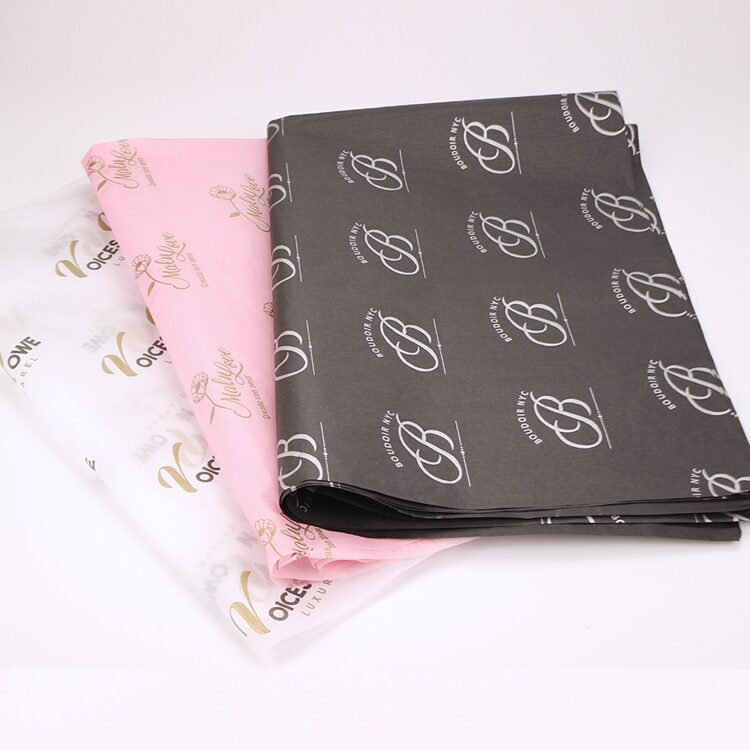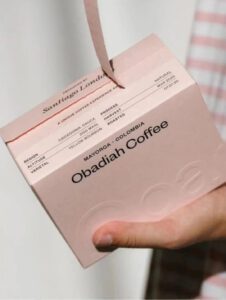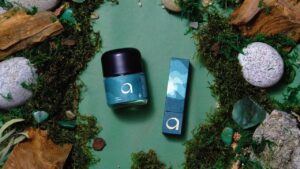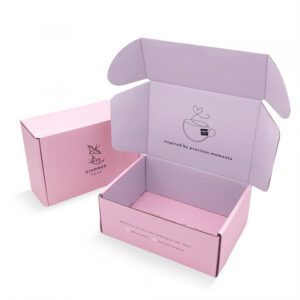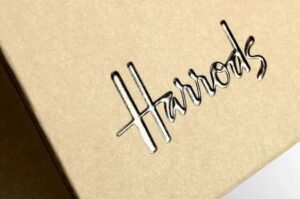Custom Design Logo Printing And Glossy Paper Shipping Box
Varnishing is the process of applying a layer of colorless, transparent coating (varnish) onto the surface of printed materials, either by brushing, spraying, or printing. After leveling, drying, and pressing, it forms a thin and uniform transparent glossy layer on the surface of the printed item.
Characteristics:
Firm Adhesion: The varnished surface adheres securely, and the natural friction does not remove the gloss. This enhances the value of packaged printed materials, adding a brilliant luster and a three-dimensional effect. The refined texture makes it easier for the item to stand out as a visual focal point amidst a myriad of displayed products.
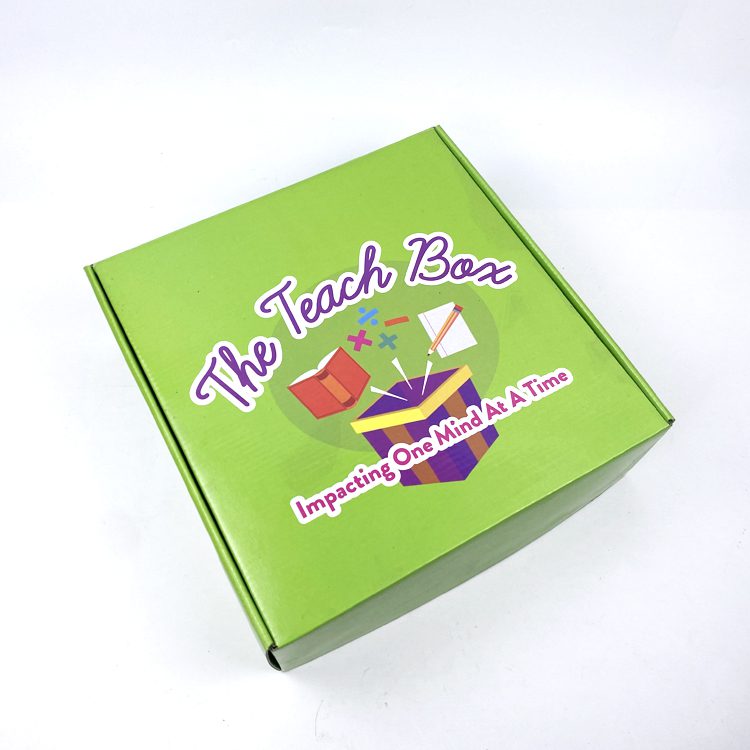



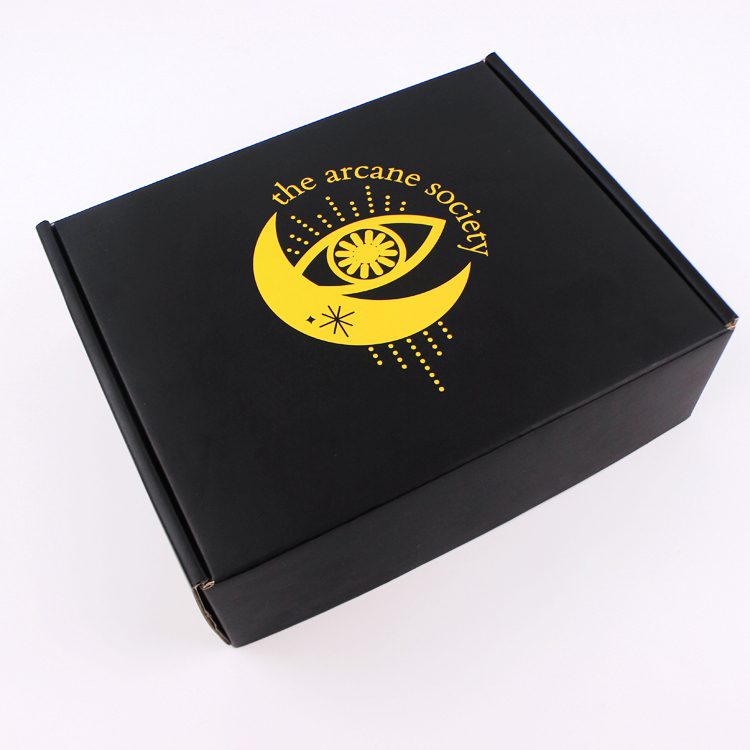

Points to Consider:
When designing printed materials for varnishing, the varnishing plates should be processed as spot colors. Separate plates and spot color versions need to be created. Precision in registration is crucial during the varnishing process. For example, if varnishing is done on lithographic prints using a different machine, careful and accurate positioning on the substrate is necessary.
Classification of Varnishing Techniques:
For varnishing paper-based printed materials, varnishing methods are categorized based on drying methods: solvent-based varnishing, UV varnishing, and heat-cured varnishing. In terms of the relationship between the varnishing machine and the printing press, varnishing can be offline or inline. Based on the varnishing method, it can further be classified into coating varnishing machines, offset printing presses, screen printing machines, gravure printing machines, flexographic printing machines, and other machines used for varnishing. Below, I will introduce the three most commonly used varnishing techniques.
Types of Varnish:
Varnishes are categorized into three types: oil-based varnish, water-based varnish, and UV varnish.
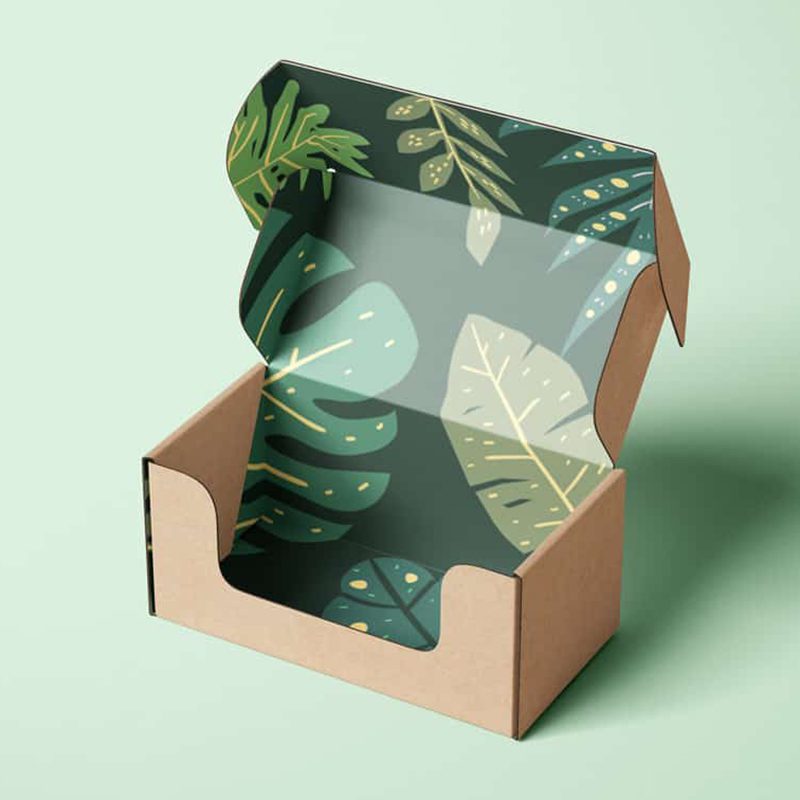





Oil-Based Varnishing:
This type of varnish uses solvents with strong, irritating odors, making it environmentally unfriendly. Due to its environmental impact, the use of oil-based varnishing techniques is on the decline.
Water-Based Varnishing:
Advantages: Water is used directly to dissolve the varnish, and it can be dried either through heat or air drying. This method has high production efficiency and is environmentally safe.
Disadvantages: The glossiness after varnishing has certain limitations and cannot achieve the same level of shine as gloss varnishing or UV varnishing.
Applications: Suitable for packaging food products where high gloss is not a requirement and where it does not compromise health and safety standards.
UV Varnishing:
UV varnishing involves the use of UV varnish containing photosensitive resin. After even application on the printed material, a chemical reaction occurs under specific wavelengths of ultraviolet light, forming a stable solid polymer.
Advantages: UV varnishing offers high gloss, excellent resistance to abrasion, high temperature, and color fading. It has high production efficiency and results in a visually appealing product.
Disadvantages: UV varnish and the UV varnishing process are relatively expensive.
Applications: Used in high-end packaging for products such as cigarette boxes, wine packaging, cosmetics, and luxury gift boxes.




